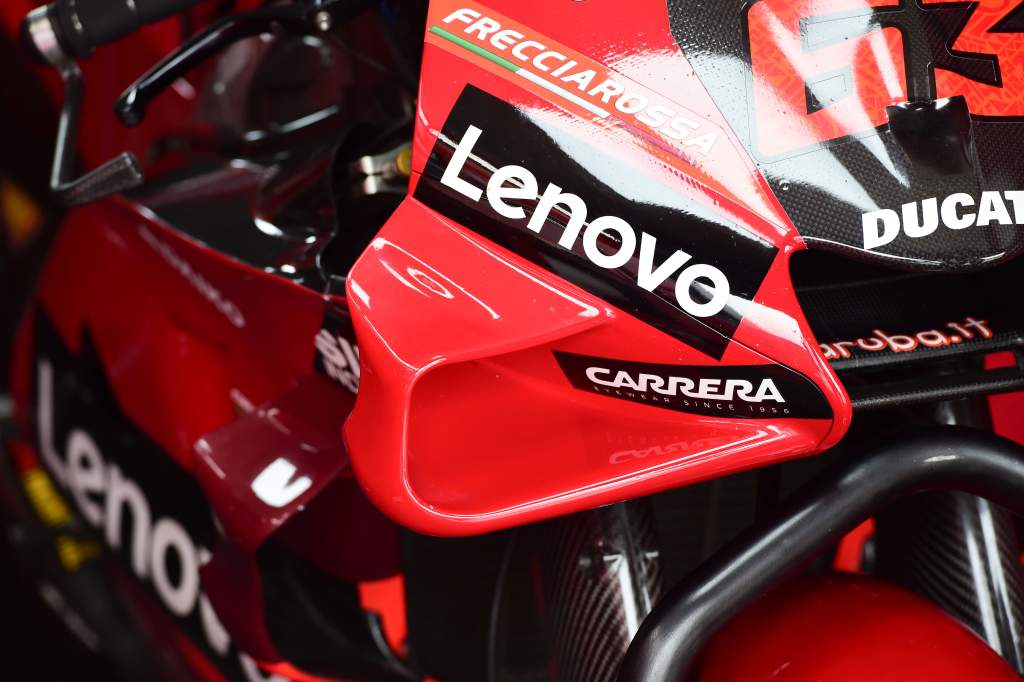Over the course of the past few seasons, MotoGP’s interest in aerodynamics has exploded, taking the area from once relatively niche in the premier class to an absolutely key and critical component of a competitive bike, in large part spearheaded by work done by Ducati.
But, as the costs continue to outweigh the benefits in many regards, is it now time to revert to bikes without monstrous wings before they irreparable damage to the sport?
Wings were first introduced by Ducati more than 10 years ago, initially in an effort to boost airflow into the radiators and engine of its (at that time) chronically overheating Desmosedici, a bike notorious for cooking riders and famous at the time for its Swiss-cheese fairings in an attempt to shed as much heat as possible.
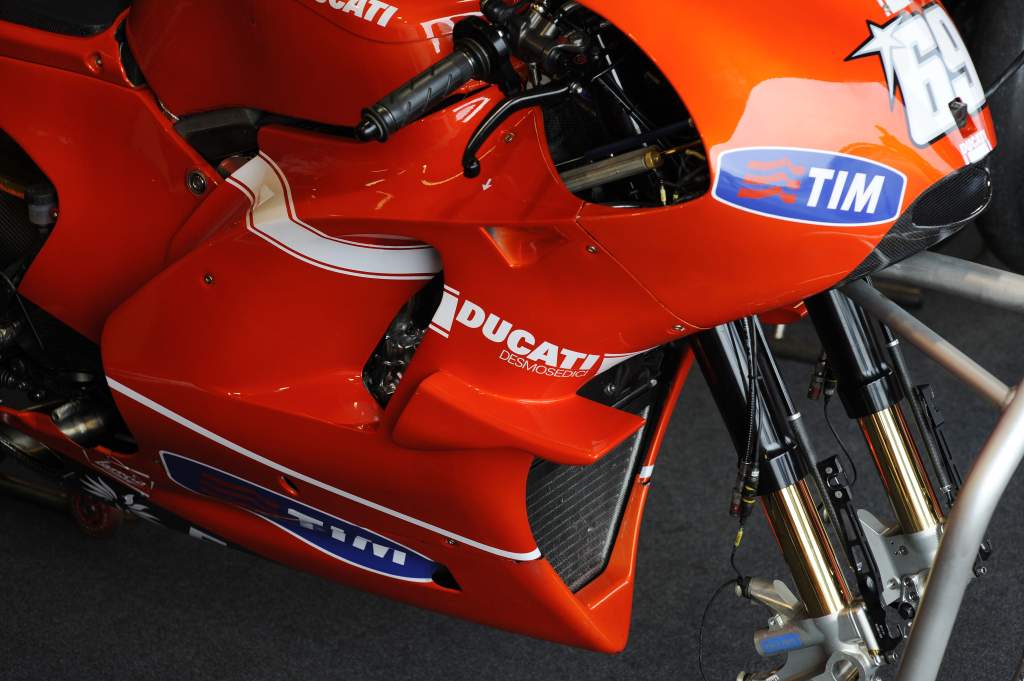
However, it took the arrival of Gigi Dall’Igna from Aprilia in 2014 to really change how not just Ducati but the whole paddock saw the concept. Realising that increased downforce (initially as a form of anti-wheelie system and to help with acceleration), the wings have since morphed into more and more complicated designs that alter the entire way you develop and ride a MotoGP machine.
The end result is that they’ve become so critical to design, it’s simply not possible any more to ride a bike without them – something discovered by Tech3 KTM rookie Remy Gardner at the Spanish Grand Prix, when contact with another rider ripped the left-side winglet off his RC16 and meant that he was left struggling for the remainder of the race just to stay on track.
“The thing was unrideable,” the Australian admitted. “I didn’t expect it would make so much of an effect, but the thing was wheelieing everywhere. It wasn’t a straight wheelie either because it was one wing, it was pulling to the right.
“I couldn’t even get it to full gas down the back straight, it was just shaking its head and wobbling. It was not fun at all. I saw it go and thought ‘f**k, here we go,’ and it was hard work. The amount of downforce those things create was a surprise, and how much drag you get from only one side.”
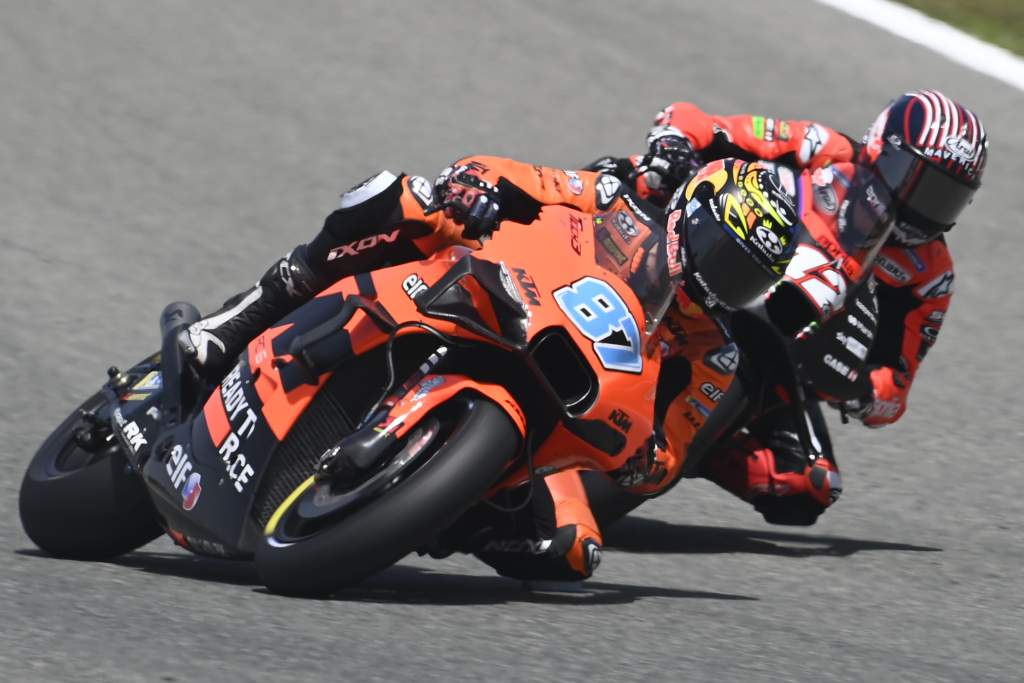
But, with Ducati not just helping itself relieve many of the issues that it’d previously been unable to address with its long, low and powerful bike (like wheelieing and mid-corner turning) but able to actually gain a distinct advantage over its rivals in the process, it triggered an aerodynamics arms race in the paddock as everyone else rushed to play catch up.
That’s an expensive proposition, however, given the research and development required to nail down the ultra-complicated impact of aero compared to, say, even in F1 (thanks to both altering lean angle and the role the rider’s movement plays in riding), and it means that it’s something of a black hole for funding, happily sucking up as much cash as you’re willing to throw into it in the search for marginal gains.
And while MotoGP seems to be in a relatively healthy state at the minute, it’s very much worth highlighting that a factory team has just made the decision to walk away from the sport only two years after winning a title.
It’s also surely not a coincidence that that factory, Suzuki, is both MotoGP’s least-funded manufacturer team and the one whose aerodynamics research has most lagged behind its rivals, with very little in the way of innovation when it comes to its wing designs – and (according to The Race’s sources in the team) much of what the squad does left up to the staff on the ground to alter and experiment with rather than the race department back in Hamamatsu.
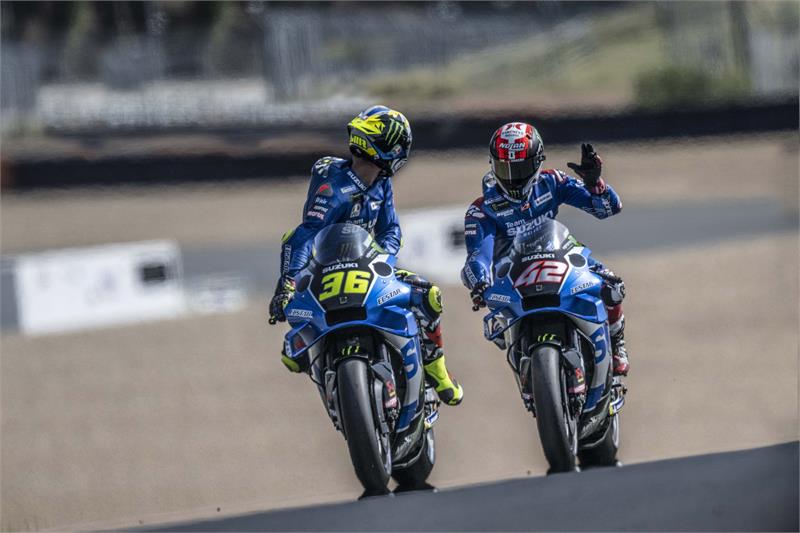
That cost issue is why MotoGP has already taken some steps to limit the amount of cash that can be spent on aerodynamics, with manufacturers now only allowed to bring two fairing designs per rider: one homologated at the beginning of the season, and another that can arrive in the form of an upgrade later in the year.
However, there’s an even bigger issue that just cost. The current MotoGP rulebook, it has to be said, is a work of art – a document so well-crafted and balanced that it has allowed every manufacturer in the series to be competitive, with only 2021 multiple race winners Honda and 2020 champions Suzuki still to win in 2022.
But there’s a difference between the sort of strategic competitiveness that is allowing previous underdogs Aprilia to fight for the title and the tactical competitiveness that actually produces interesting entertainment – and it’s the latter that’s at risk of disappearing unless the aerodynamics are radically shaken up, according to a few notable voices in the paddock.
“Behind the Ducatis it’s always difficult to stop the bike,” explained Joan Mir after the French Grand Prix. “You have to manage the situation. You feel less air when you’re behind them, and some turbulence. It’s quite worse than the other bikes [behind the Ducati].”
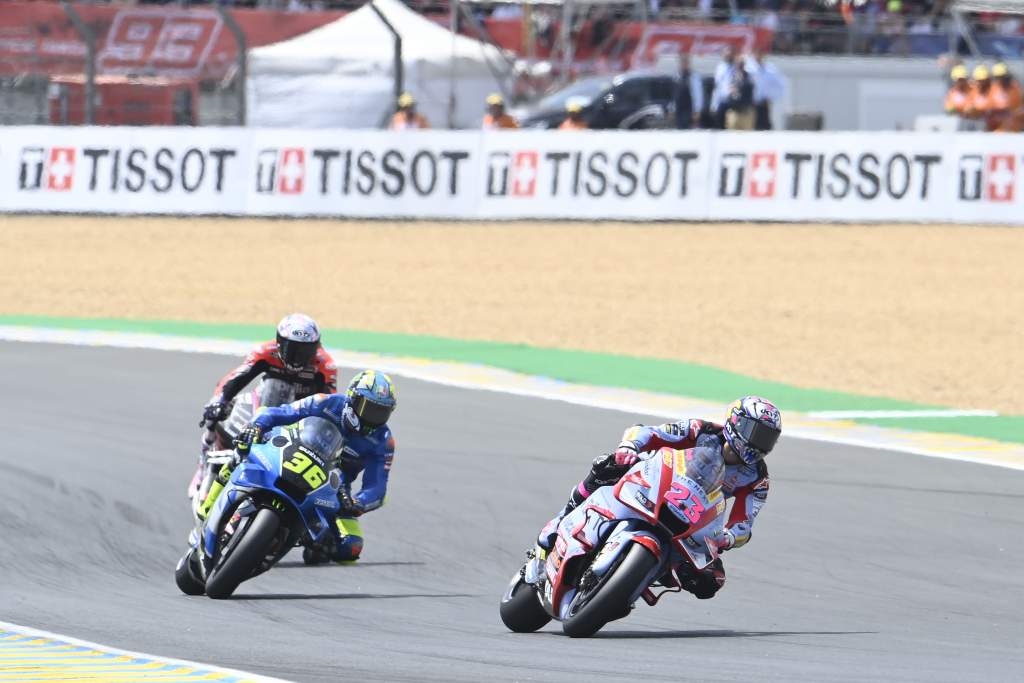
And therein lies the real risk: that the rise in aerodynamics and an increase in the F1 phenomenon of ‘dirty air’ in the form of turbulence behind a bike means that overtaking becomes harder and harder to achieve in MotoGP.
That was partially evidenced by the preceding race at Jerez, too, where the battle for the win was devoid of passes. After the first lap, only one overtake took place for the podium, when Jack Miller made a mistake and Aleix Espargaro made it past him – something the Aprilia rider admitted is now the primary way to make it past an opponent.
So what’s the solution? The answer is that there’s no easy one, thanks to some riders and manufacturers being very much in favour of the technology. It’s something that will also be aided by Suzuki’s departure from rule-making body the Motorsport Sport Manufacturers Association, a move that tips the balance away from Japan and in favour of the (more aerodynamically favourable) European factories for the first time.
There’s no secret that the wings make bikes easier (and as a result somewhat safer) to ride. But they also increase costs substantially and they risk turning the sport into something far more sterile than it is now. There’s no easy answer – but a return to the good old days of clean and traditional machines without weird appendages might not be a bad start…


